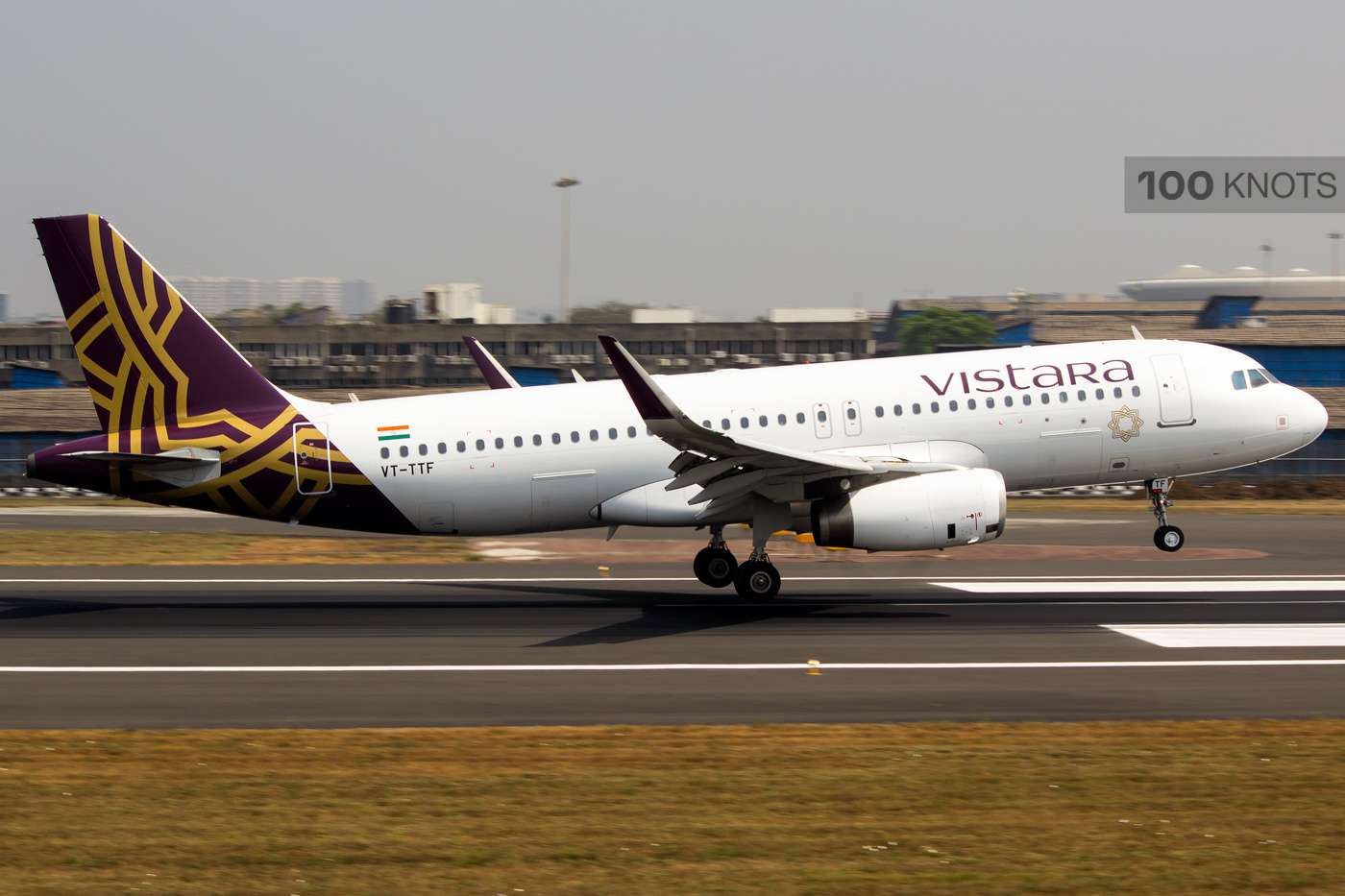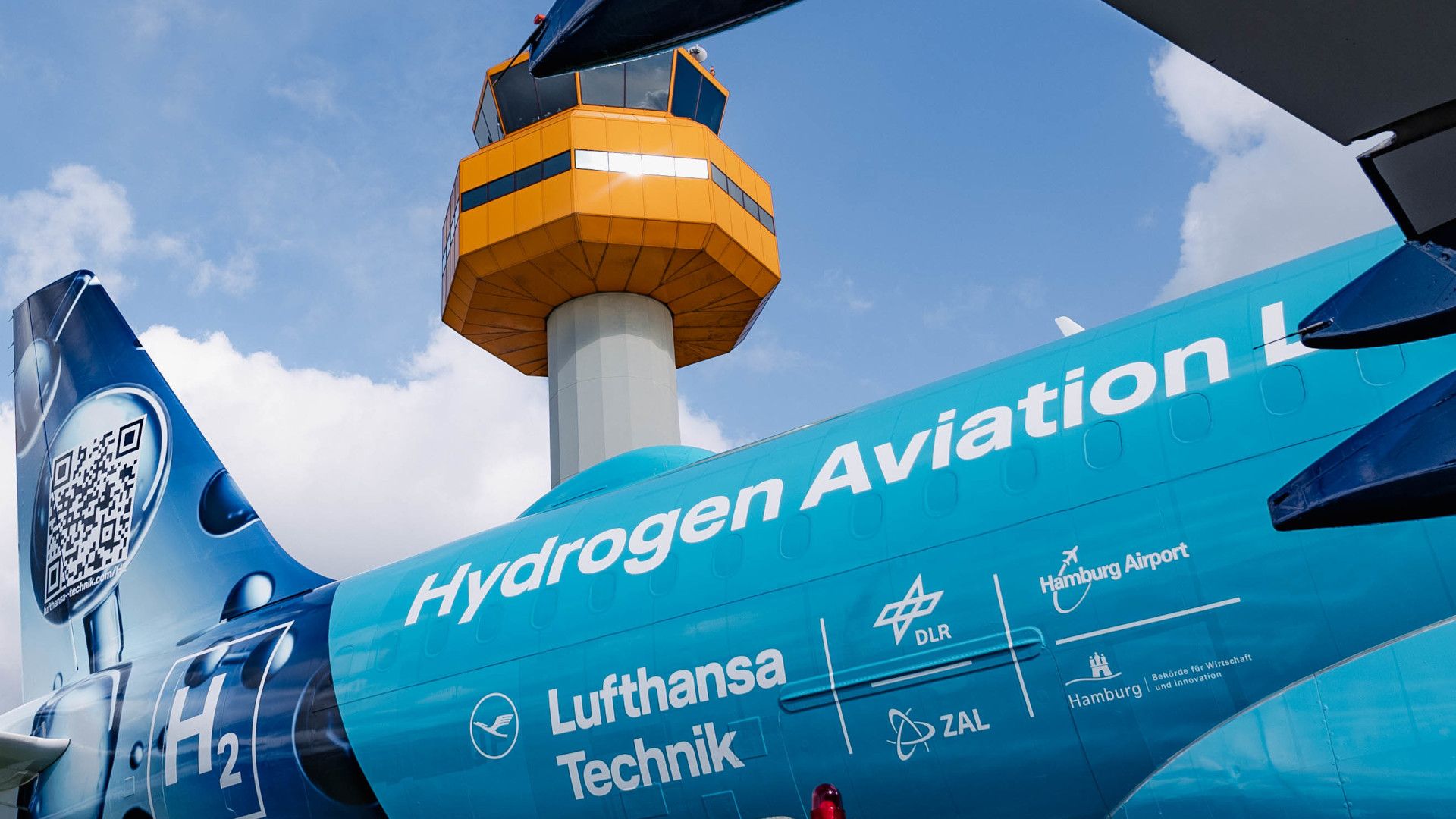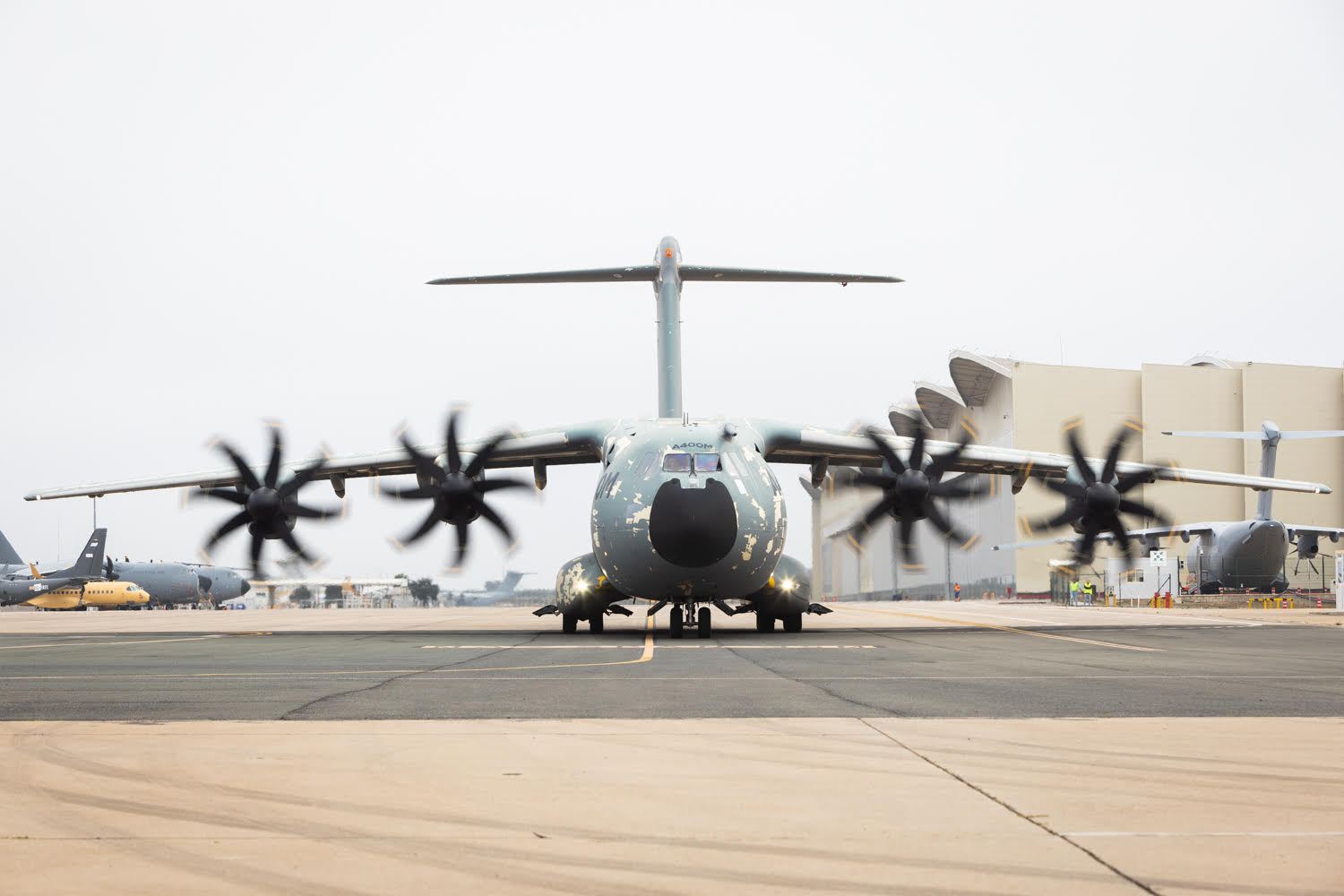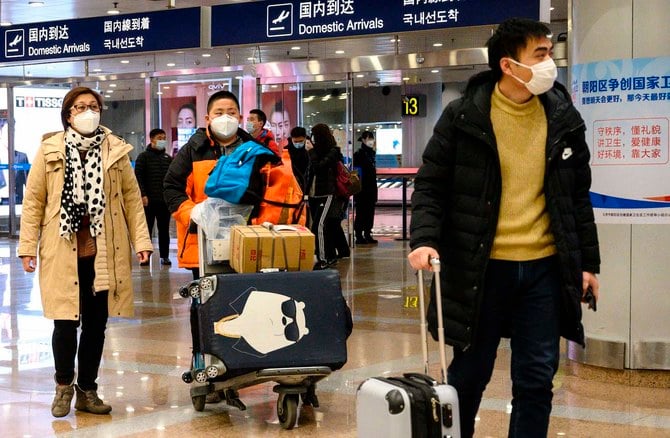No-frills carrier SpiceJet started non-stop flights between Pune and Bangkok on November 12. The airline also operates flights to Bangkok from Delhi and Kolkata. The airline’s B737-800 aircraft are deployed on these routes.
It has also added another flight on the Delhi-Bangkok route from November 11. It operates two daily non-stop flights from Kolkata to Bangkok, according to a release. Civil Aviation Minister Jyotiraditya Scindia inaugurated the Pune-Bangkok flight virtually.
SpiceJet introduces nonstop flights between Pune and Bangkok
The launch of this new flight is a significant step in strengthening Pune's international connectivity, and we will soon have a new flight connecting Pune with Singapore as well.
"We have been working relentlessly towards making Pune a world-class airport, a new terminal building is under construction and should be ready by next year, a new international cargo terminal is being built, an integrated cargo terminal is also being built and a multi-level parking is ready and is being tested."
Jyotiraditya Scindia, Union Minister of Civil Aviation
The Minister further said that Pune Airport is important in the country, and the government is giving impetus to its infrastructure development.
The new terminal of this airport will be completed by September next year, and the new international cargo terminal is expected to be developed by December 2024. Meanwhile, an integrated air cargo terminal for both international and domestic use will be developed by March 2023. Multi-level parking has already been developed and will open soon.
“We are delighted to launch an exclusive non-stop flight connecting Pune with Bangkok, one of the most sought-after international destinations for Indian travellers. The Thai capital has been a key international destination for SpiceJet for many years. We will also be strengthening connectivity between Delhi and Bangkok with an additional flight.”
Shilpa Bhatia, Chief Commercial Officer, SpiceJet
The flight between Pune and Bangkok will operate on all days except Mondays, Wednesdays and Fridays whereas additional flights between Delhi and Bangkok will operate daily.
Read next
Tata Sons have started consolidating its airlines AirAsia India, Vistara, and Air India Express under the Air India banner.
This is done following discussions with Singapore Airlines (SIA), its joint venture partner in Vistara.
The move will make Air India the second largest airline in the nation in terms of market share and fleet. According to executives with insider knowledge of the situation, after the merger, the group will only have the Air India airline brand, which will operate both low-cost and full-service flights. Within a week, a formal announcement is anticipated.
While the two companies will soon start working together commercially, it will take them more than a year to start operating as a single entity. According to the executives, Air India and Tata Singapore Airlines, which operates Vistara, would merge.
They added that Vistara as a brand will discontinue. On the condition of anonymity, they stated that SIA will have a 20–25% stake in Air India and that a few Vistara board members will join Air India's board. Tata SIA Airlines, the company that owns Vistara, is 49% owned by SIA.
Vistara and Tata Sons declined to comment on the situation.
By purchasing the final 16% of the Malaysian airline, the Tata Group concluded the merger of Air India Express and AirAsia India earlier this month. CEOs Campbell Wilson of Air India, Nipun Aggarwal, Sunil Bhaskaran, and Aloke Singh of Air India Express are leading the merger process, which is anticipated to be finished within the next 12 months.
Earlier this month, the Tata Group completed the merger of Air India Express and AirAsia India
After filing a request with the nation's antitrust authorities earlier this year to obtain complete control of the airline, Tata has now fully acquired AirAsia India.
Analysts have predicted that the group will combine AirAsia India with Air India Express as well as Vistara, its full-service joint venture with Singapore Airlines, with Air India after Tata successfully purchased Air India from the Indian government.
“Consolidation of these two airlines, both of which operate as low-cost carriers, will be undertaken as part of the restructuring roadmap that is being envisioned for the Tata group’s airline business and is expected to bring customer, revenue, cost and operational benefits through broader adoption of each airlines’ best practices, systems and routes, and the combined entity’s greater scale.”
–Air India spokesperson
The dominant 51% ownership of full-service airline Vistara is held by Tata Sons
According to insiders, the Tata Group gave SIA enough time to come up to the concept of a single aviation corporate plan.
According to one of the people, SIA consented to join the combined company because India is a significant market for the airline.
“SIA has reaped benefits from Vistara and realises that the cost of scaling up Vistara will be significantly higher as compared to Air India, which already has a significant size. They did not participate in the bidding process for Air India as Covid-19 had a significant impact on their business.”
–Source
With a legacy spanning more than 75 years and a high recall value among both Indian and international travellers, Air India has been the most dominant of the three brands.
Read next
Vistara to commence flights between Mumbai and Muscat on its A320neo aircraft
Radhika Bansal
14 Nov 2022

Full-service airline Vistara will start non-stop flights between Mumbai and Muscat starting on December 12. The airline will operate daily flights between the two cities using its A320neo aircraft.
Vistara will be the only airline to offer the choice of premium economy class on the route, in addition to Business and Economy Class. Bookings for the flights are being progressively opened on all channels, including Vistara’s website, mobile app, and travel agents.
Flight No.SectorFrequencyDepartureArrivalUK 0233Mumbai - MuscatDaily20:00 Hrs21:35 HrsUK 0234Muscat - MumbaiDaily22:55 Hrs3:10 Hrs (+1)FLIGHT SCHEDULE
Vistara CEO Vinod Kannan said the airline was excited to expand its presence in the Middle East with the addition of Muscat as the fourth city in the region.
“We are excited to expand our presence in the Middle East with the addition of Muscat as the fourth city in the region. Given the strong bilateral ties and the thriving trade and investment relations between India and Oman, this new route will further aid the growing traffic between the two countries. The capital city of Muscat continues to attract a significant number of expats, traders, business travellers, and high-end leisure travellers from India who will now have the choice of flying business class and premium economy on India’s best airline complemented with Vistara’s signature hospitality.”
Vinod Kannan, Chief Executive Officer, Vistara
ALSO READ - Vistara inaugurates daily non-stop flight between Mumbai and Abu Dhabi
Mumbai is also emerging as Vistara's new hub for Middle East operations, with Jeddah, Abu Dhabi, Dubai, and Muscat now all operating out of the busy financial capital. This frees up its Delhi slots to focus on long-haul traffic, with Delhi anyway seeing intense competition on all of its Middle Eastern routes.
Vistara to commence flights between Mumbai and Muscat on its A320neo aircraft
ALSO READ - Vistara adds new flights to Frankfurt and Paris on its new B787 Dreamliner
Recently, Vistara has increased frequencies to Frankfurt and Paris starting November 10. The carrier will now operate six weekly flights between Delhi and Frankfurt, and five weekly flights between Delhi and Paris. Vistara has added these flights as its third Boeing 787-9 Dreamliner joined its fleet recently, following customisation of the leased aircraft.
The airline has a fleet of 54 aircraft, including 41 Airbus A320s, five Airbus A321neo, five Boeing 737-800NG and three Boeing 787-9 Dreamliner aircraft.
Read next
In a bid to advance science, a decommissioned Airbus A320 is being given a new lease on life. The Hydrogen Aviation Lab has been presented as Hamburg's new field laboratory for evaluating ground operations and maintenance procedures for upcoming hydrogen-powered aircraft.
World Airline News
In order to achieve climate neutrality, the aviation sector is working to adopt hydrogen as a future energy source. This necessitates new ground infrastructure in addition to new planes. In order to create such a hydrogen infrastructure, Hamburg is leading the way: Together, Lufthansa Technik, DLR, ZAL, and Hamburg Airport will design and test ground-based methods for hydrogen technology maintenance.
Michael Westhagemann, the senator for economic affairs in Hamburg, examined the repurposed Airbus A320 on behalf of his ministry, which provided funding for the collaboration between Lufthansa Technik, the German Aerospace Center (DLR), the ZAL Center for Applied Aeronautical Research, and Hamburg Airport. The installation of the hydrogen components in the upcoming months will begin with the presentation of the Hydrogen Aviation Lab.
Hamburg News
A new milestone for the project has now been attained. The aircraft, which flew for the Lufthansa Group for 30 years as "Halle a der Saale," has been readied by Lufthansa Technik for its vital next phase. The Hydrogen Aviation Lab will be equipped over the coming months with a complete set of test devices, an internal tank for liquid hydrogen and an onboard fuel cell, and supporting ground-based hydrogen infrastructure.
With the Hydrogen Aviation Lab, Hamburg has embarked on a great project. It will make a valuable contribution to enabling the use of hydrogen as a fuel for aviation. The focus on maintenance and refuelling procedures should provide us with insights that will be important for developing hydrogen infrastructure. This real-world lab lets us add a crucial building block to Hamburg's strategy to make aviation more sustainable. We are following two strategic goals: the development of a hydrogen economy in Hamburg and the decarbonisation of the mobility industries. We are very pleased to be able to make this world-first project possible through the Special Aviation Fund- Senator Michael Westhagemann comments
The project partners hope that the Hydrogen Aviation Lab will help them get ready for the handling and maintenance of hydrogen-powered aircraft, which are expected to enter service in the middle of the next decade. However, the lab will also encourage the creation of new generations of hydrogen-powered aircraft by assisting in the optimization of ground handling or maintenance processes and safety levels.
The many variables involved
Using liquid hydrogen to refuel
Representative | FuelCellWorks
What modifications can the current airport infrastructure be made to best integrate hydrogen?
How can efficient refueling procedures and times be guaranteed?
How can overfilling and wasting hydrogen be avoided?
Insulation, cooling, and workplace safety
How can ice build-up on components and surfaces be prevented?
What potential additional safety needs might emerge in the work environment?
Hydrogen gas leakage, colloquially known as "boil-off"
How can uncontrolled escape of LH2 be prevented when it becomes gaseous (GH2)?
What precautions must be taken when handling hydrogens, such as during refueling and storage?
Safety and storage measures
What safeguards must be implemented to lessen the risk of hydrogen fire?
What kind of training is required for the ground staff or maintenance staff?
And there's more...
Lufthansa-Technik
The project also entails developing a so-called digital twin of the Airbus A320, in addition, to studying using the actual hardware of the Hydrogen Aviation Lab. Researchers will be able to create and test predictive maintenance techniques for the systems and parts of upcoming aircraft generations thanks to simulations. Therefore, failures of hydrogen systems and components could be predicted using targeted data analysis before their occurrence in the physical system, allowing for prompt replacements before component failures have an impact on aircraft performance.
SOURCE: lufthansa-technik
COVER: lufthansa-technik
Read next
The life cycle of the Airbus A400M MSN4 finally draws to a conclusion. The Airbus prototype, nicknamed "Grizzly 4" within the team, returns to Bremen after over twelve years of pushing boundaries to develop the A400M capabilities to their fullest. It has completed more than 2,000 flying hours, 1,000 flights, and several missions and campaigns.
The MSN4 team overcame every obstacle that came their way since the aircraft's first flight on December 20, 2010, and they now look forward to its retirement with pride because this aircraft helped reimagine the future of military operations, transforming the A400M into the mature, dependable, and contemporary aircraft it is today.
The `Grizzly 4´
Aerial delivery, low-level flight, and air-to-air refueling, among other critical capabilities, have all been developed over the years using the Airbus A400M MSN4. Ignacio Lombo, Airbus Defence and Space's Chief Test Pilot, has contributed to the development of the A400M and has flown in the MSN4 cockpit for almost 200 flights and 500 hours.
Representative | Aviation Militaires.net
I will keep Grizzly 4 in my memory as a strong and robust beast. We have taken it to the limit in speed, Mach, altitude, load factor (g’s) and almost tore off its skin!. This aircraft has exceeded all expectations in all kinds of operations with superior performance- Ignacio Lombo
As it is essential for A400M operators today to fly farther and more safely during their military operations, as well as to be able to perfect combinations with other military platforms, MSN4 has also played a crucial role in the development and certification of the Air-to-Air Refuelling (AAR) capability.
MSN4 was our Aerial Refuelling workhorse, as it was the one where we tested receiver capabilities with tankers like A330 Voyager and C160 Transall. As a tanker, we used MSN4 to develop and certify pods refuelling with F18 receivers, Hose Drum Unit refuelling with F18s and A400M receivers, the Cargo Hold Tanks (CHT) and more recently, the Helicopter Aerial Refuelling capabilities with H225M Caracal. I feel particularly proud of the mission that first refuelled an A400M receiver (Grizzly 6) from an A400M tanker (Grizzly 4)- César González, Flight Test Engineer in charge of the development and certification flight test of AAR capability, both as tanker and as receiver
Helicopter refueling trials with the A400M | Representative | Aviation International News
As cargo and parachute drops are crucial capabilities for A400M operators today, the MSN4 has played a decisive role in their development and certification. This is because it was built with the cargo compartment being instrumentation-free and fully useable for airborne delivery or additional fuel tanks (CHT).
I fondly recall the early days of aerial delivery tests where we went from the very start of single loads by gravity and extraction, towing of (large) parachutes at low level and high altitude, to dropping 25 tonnes of loads in a single sequential stick of extracted platforms, as well as air displays at some of the UK airshows- Simon Nicastro, A400M Flight & Integration Test Programme Manager at Airbus
As it can carry more paratroopers farther and more people, the A400M currently excels in the parachuting mission, adding to the strategic value it already provides to air force operators and society.
Back home
The MSN4 has returned to Bremen, where every A400M is made, bearing the "scars" of all the fights it participated in and helped win throughout its illustrious career. The Bremen team that will now host MSN4 is anticipating the months to come.
This project hits the heart of all of us here at the Bremen site. Before being placed at its final location next to the Bremen Airport, where everyone landing in Bremen will see it, it will get a new coat of paint and be configured to host team meetings and workshops as well as be part of the official guided site tour- Dennis Neumann, Head of A400M Industrial Programme in Bremen, and currently leading the project for the future of the MSN4
The warrior that it was!
The MSN4 team overcame every obstacle that came their way since the aircraft's first flight on December 20, 2010, and they now look forward to its retirement with pride because this aircraft helped reimagine the future of military operations, transforming the A400M into the mature, dependable, and contemporary aircraft it is today.
Representative | Airbus A400M | Aeroscopia, Toulouse | Prashant Prabhakar
In addition, as part of Airbus' commitment to a more sustainable military aviation, the MSN4 was the first aircraft within the Military Air Systems unit to perform a first demo flight with Sustainable Aviation Fuel (SAF) last summer, paving the way for its successors into a cleaner future and assisting in the decarbonization of military aviation. Today, more than 100 A400M aircraft are deployed in eight different countries.
angeles molina | © Airbus SAU 2022 Maria Molina Mango Producciones
SOURCE : AIRBUS
COVER: AIRBUS
Read next
China has trimmed the quarantine time for inbound travelers and scrapped curbs on international flights as it began to ease its stringent Zero-COVID policy.
The new rules were announced following the first meeting of the newly elected seven-member Standing Committee of the ruling Communist Party of China (CPC) headed by Xi Jinping on Thursday, November 10. The Standing Committee is the highest policy-making and implementation body of the CPC.
On the domestic front, China has adjusted quarantine requirements for close contacts of confirmed cases from seven days of centralized quarantine plus three days of health observation at home to five days of quarantine plus three days of the word.
No "circuit breaker" on overseas inbound flights to China upon detecting positive cases on board, state-run Global Times tweeted on Friday. Under the circuit breaker policy, Chinese aviation officials arbitrarily suspend international flights for a prolonged period if any passengers tested positive for COVID-19 upon arrival.
The flights also have to return empty if any cases are detected. This has resulted in many international airlines, including air operators flying to China, resulting in huge losses.
Earlier this month, there was speculation that China was preparing to lift the ban on individual flights that carried positive COVID cases into the country. With the new rules in place, the country has, indeed, decided to scrap the penalty on airlines that fly in COVID-positive passengers.
The circuit breaker was regarded as the main stumbling block for the restoration of flights between India and China as airline operators in India were averse to agreeing to operate flights to China.
There were no direct flights between China and India for over two years, prompting people traveling between the two countries to fly through the third-country routes. According to sources, the removal of the circuit breaker rule could facilitate the partial resumption of direct flights between the two countries.
The Global Times tweets also said the government has further adjusted quarantine rules for international passengers. Other adjustments include: shortening quarantine requirements for international arrivals from 7+3 to 5+3 and ending screening of secondary close contacts, it said.
Travelers into China will be required to spend five days in a hotel or government quarantine facility, followed by three days confined to home, according to a National Health Commission statement on Friday (Nov 11). The current rules require ten days of quarantine, with a week in a hotel and then three days at home.
Observers believe the mandatory quarantine in government-designated places is unlikely to make an impact due to the poor living conditions and catering services.
On the domestic front, China adjusted quarantine requirements for close contacts. Under this rule, close contacts of people who tested positive had to mandatorily undergo seven days' quarantine at designated centers and three days at home. This has now been reduced to five days in quarantine centers and three days of observation.
Significantly the new rules were announced as China continues to report a high number of COVID cases. On Thursday, the Chinese mainland reported 1,150 locally transmitted confirmed COVID cases and 9,385 local asymptomatic cases in different cities.
China is the last major economy to adhere to a zero-Covid policy, using snap lockdowns, mass testing, extensive contact tracing, and quarantines to stamp out infections as soon as they emerge.
The continued spike in coronavirus cases despite China's relative isolation under its stringent Zero-COVID policy is being questioned at home and abroad.
The Standing Committee meeting has finalized 20 measures to optimize epidemic prevention and control work further. It was resolved at the meeting that more resolute and decisive anti-epidemic measures should be taken to contain the spread of the virus and restore the standard order of work and life as soon as possible.
ALSO READ - A China Southern Airline A380 pilot named “King Of Quarantine”






Comment